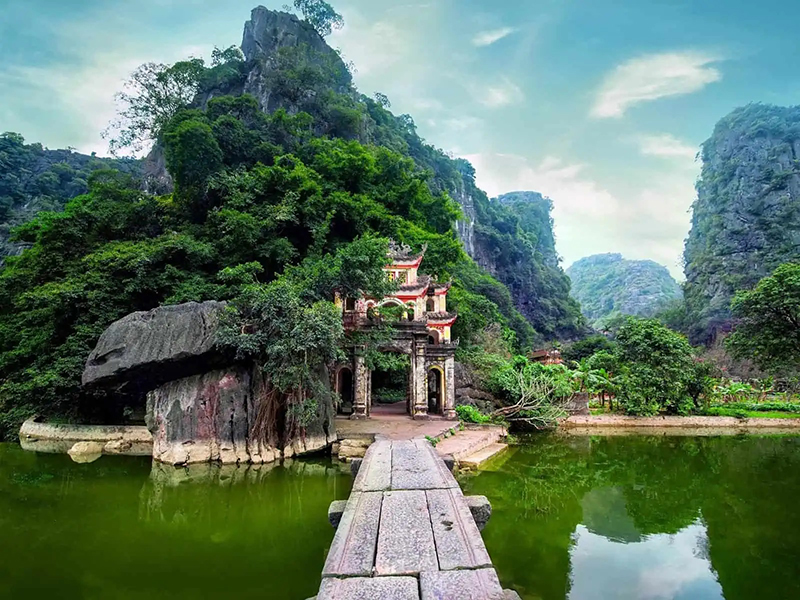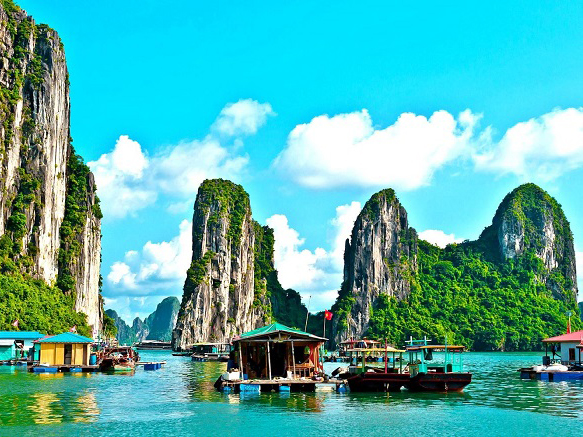Halong Bay overview
Halong Bay, in the Gulf of Tonkin, includes some 1,600 islands and islets, forming a spectacular seascape of limestone pillars. Because of their precipitous nature, most of the islands are uninhabited and unaffected by a human presence. The site’s outstanding scenic beauty is complemented by its great biological interest.
Outstanding Universal Value
Brief synthesis
It covers an area of 43,400 ha and including over 1600 islands and islets. Most of which are uninhabited and unaffected by humans, it forms a spectacular seascape of limestone pillars and is an ideal model of a mature Karst landscape developed during a warm and wet tropical climate. The property’s exceptional scenic beauty is complemented by its great biological interest.
The outstanding value of the property is centered around the drowned limestone karst land forms, displaying spectacular pillars. With a variety of coastal erosion features such as arches and caves which form a majestic natural scenery. The repeated regression and transgression of the sea on the limestone karst over geological time has produced a mature landscape of clusters of conical peaks. And isolated towers which were modified by sea invasion, adding an extra element to the process of lateral undercutting of the limestone towers and islands.
Integrity
All elements necessary to sufficiently protect the outstanding scenic and geological values of the Halong Bay property are included within the boundaries of the property and its size and area provide sufficient integrity for the large scale morphological processes to operate unhindered. It benefits from being completely surrounded by a large and extensive buffer zone with both the size and area providing sufficient integrity for the large scale geo-morphology processes to operate unhindered.
Protection and management requirements
Ha Long Bay was established as a historical and cultural relics and classified as a National Landscape Site in 1962. Subsequently designated as a Special National Landscape Site under the Cultural Heritage Law amended in 2009, land tenure is held by the Provincial Government. The property is protected effectively by a number of relevant provincial and national laws as well as governmental decrees including; the Cultural Heritage Law, the Bio-Diversity Law, the Tourism Law, the Environmental Protection Law, the Fishery Law and Marine Transport Law. Under these laws, any proposed action within the property that could have significant impact on the property’s values must have official approval from the Ministry of Culture, Sports and Tourism, along with other relevant ministries.





